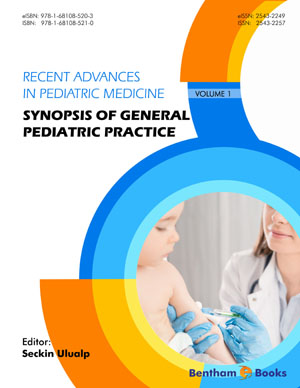Abstract
Laryngomalacia (LM) is the most common cause of stridor in children. It presents during the first days of life with inspiratory stridor often associated with feeding difficulties. Diagnosis must be confirmed by performing a flexible fiberoptic laryngoscopy. LM is classified in mild, moderate and severe LM depending on respiratory and feeding severity symptoms. LM usually goes with gastroesophageal reflux disease, and can also be associated to synchronous airway lesions, neurological disorders, heart disease and congenital syndromes. Identification and management of co-morbidities using appropriate complementary examinations are essential as they influence LM severity and treatment outcomes. Medical management of LM includes lifestyle/dietary measures and anti-acid treatment. Supraglottoplasty, including several technique variants, is the mainstay of severe LM treatment, with numerous studies reporting high success and low complications rates. Tracheotomy and non-invasive ventilation are indicated in case of supraglottoplasty failure, most of the time due to associated neurological disorder and congenital syndromes.
Keywords: Gastroesophageal reflux disease, Inspiratory supraglottic collapse, Laryngomalacia, Lifestyle/dietary measures, Neonates and infants, Non-invasive ventilation, Stridor, Tracheotomy, Trans-oral supraglottoplasty.






















